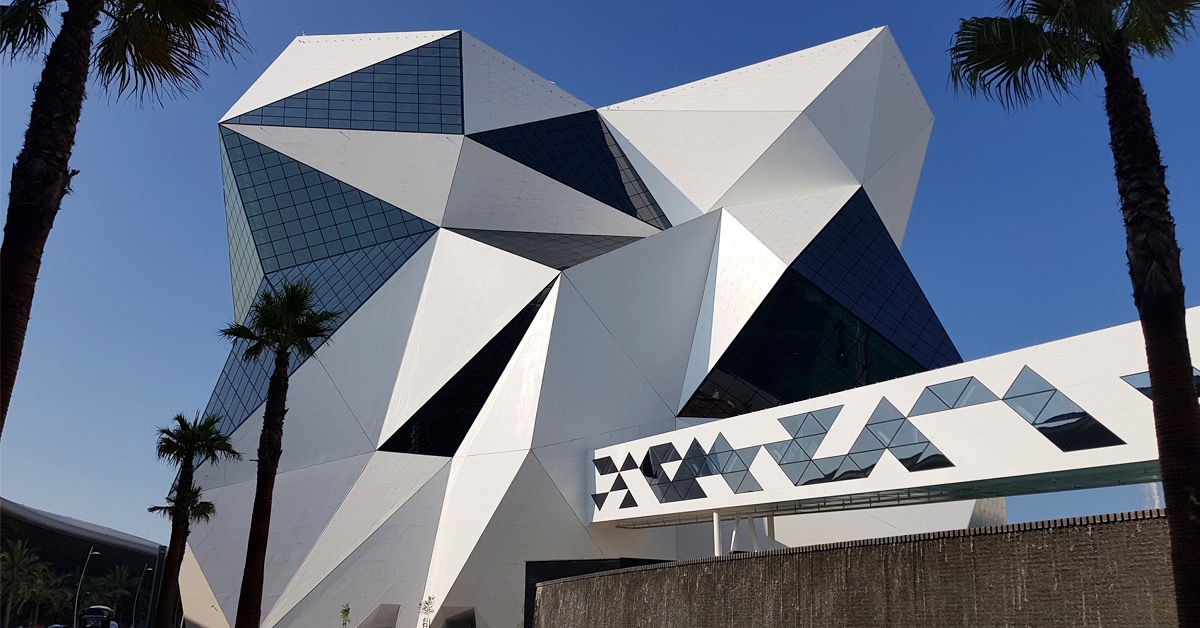In the pursuit of creating harmonious living environments, architects and designers are increasingly turning to the wonders of nature for inspiration. “Nature-Inspired Architecture: Bringing the Outdoors In” encapsulates a design philosophy that seeks to seamlessly merge the beauty and tranquility of the natural world with the functional spaces we inhabit. This approach not only enhances the aesthetics of our surroundings but also fosters a deeper connection to the environment.
This architectural movement recognizes that nature holds an inherent wisdom in its forms, patterns, and systems. By emulating these elements within built structures, designer Top Architecture firm s are able to create spaces that resonate with a sense of serenity, balance, and vitality. The concept extends beyond the simple incorporation of plants and natural materials – it entails a holistic approach that considers the relationship between the built environment and the surrounding ecosystem.
One of the key principles of nature-inspired architecture is the integration of biophilic design. Biophilia acknowledges the innate human connection to nature and posits that incorporating natural elements into our surroundings enhances our overall well-being. Large windows that capture panoramic views, indoor gardens that evoke the feeling of walking through a forest, and water features that mimic the soothing sounds of a river – all of these elements work together to blur the boundary between indoors and outdoors.
Materials play a crucial role in this design philosophy. Natural materials like wood, stone, and clay are used not only for their aesthetic appeal but also for their tactile qualities. These materials create a sensory experience that connects inhabitants to the textures of the natural world, further enhancing the sense of harmony.
Architects also take cues from natural forms and patterns when designing structures. Curved lines, flowing shapes, and asymmetry mimic the organic shapes found in nature, contrasting with the rigid lines of traditional architecture. This creates an environment that feels dynamic and alive, inviting exploration and contemplation.
“Nature-Inspired Architecture: Bringing the Outdoors In” also places a strong emphasis on sustainable practices. By integrating renewable energy sources, optimizing natural ventilation and lighting, and utilizing passive design principles, these structures minimize their impact on the environment while maximizing the benefits of the surrounding natural elements.
In conclusion, the movement of nature-inspired architecture goes beyond aesthetics – it seeks to create spaces that resonate with the human spirit and foster a sense of well-being. By bringing the outdoors in, we are reminded of our connection to the natural world, and we embark on a journey towards architecture that not only serves our practical needs but also enriches our souls.



